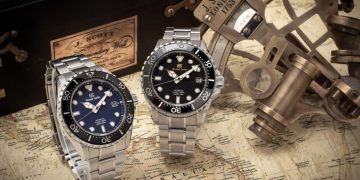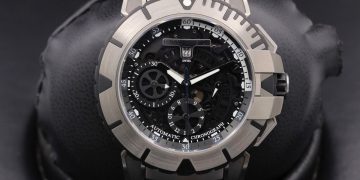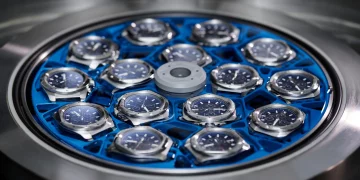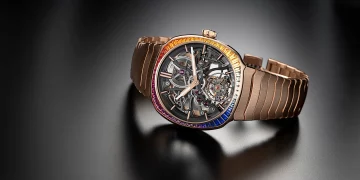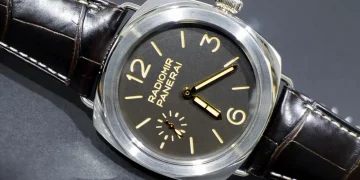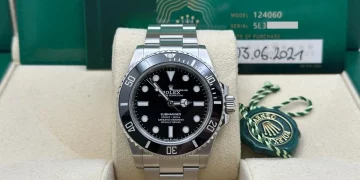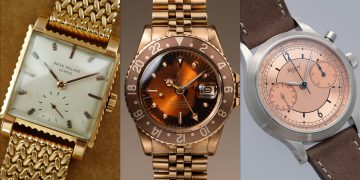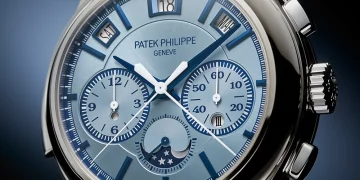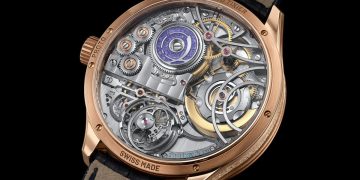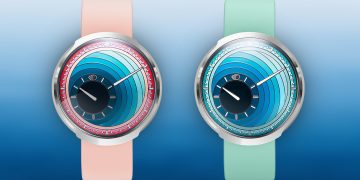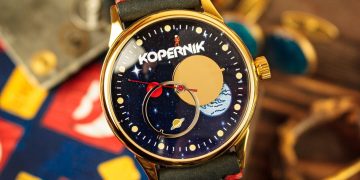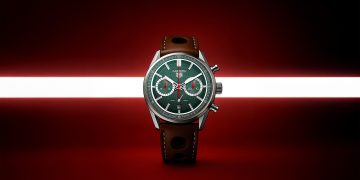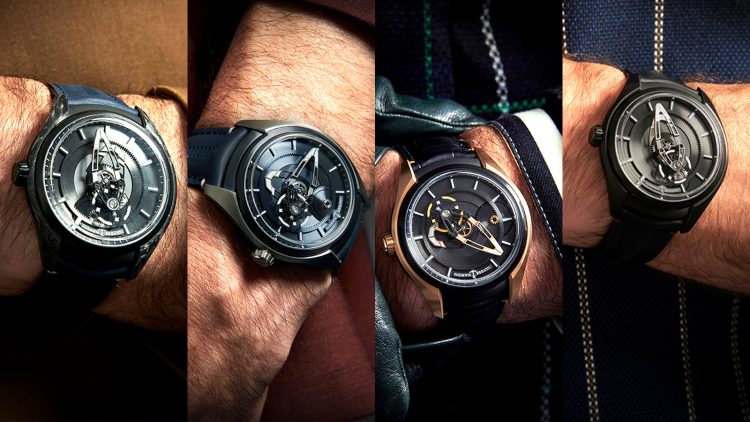Introduction
In the world of luxury timepieces, every watch tells a story. Whether it’s a centuries-old tradition of Swiss craftsmanship or a groundbreaking design introduced in the 21st century, watches are more than just tools for telling time. They are works of art, symbols of status, and expressions of individual style. With the ever-growing number of brands, models, and features available, it can be difficult to distinguish one watch from another. However, certain watches manage to stand out from the crowd due to their unique features, craftsmanship, and innovations.
In this article, we will delve into what makes a particular watch exceptional. We will explore the distinctive qualities that set it apart, whether it be its design, movement, materials, or the philosophy behind its creation. By examining these elements in detail, we will uncover how this watch becomes more than just an accessory – it becomes a statement of elegance, precision, and innovation.
1. The Unique Design and Aesthetic Appeal
1.1 Unveiling the Design Philosophy
- Brand Heritage and Design Inspiration: Discuss how the design of the watch is influenced by the heritage of the brand. Does it reflect the brand’s long-standing history, or is it a revolutionary step into the future of watchmaking? Highlight how the watch’s design is a reflection of the brand’s identity.
- Iconic Features and Visual Identity: Explore specific features like the shape of the case, the dial layout, color schemes, and finishing details that make the watch visually distinctive. For instance, is the watch’s design minimalistic, or does it have a more intricate, ornate style? What unique elements, such as unusual case shapes or dial textures, make this watch stand out?
1.2 Use of Materials in Design
- Case Materials: Examine the materials used in the watch case, such as stainless steel, titanium, or precious metals like gold and platinum. Is there any innovation in material choices, such as ceramic or carbon fiber, that enhances both aesthetics and durability?
- Dial Materials and Finishing: Discuss the material of the dial and any unique finishes. Is it enamel, mother-of-pearl, or an intricately hand-painted design? Look into how the watch’s dial is treated to create an artistic appeal, adding layers of visual depth.
- Crystal Technology: Analyze the type of crystal used (e.g., sapphire crystal, mineral glass) and its unique features, such as anti-reflective coatings, scratch resistance, and durability.
2. Advanced Watch Movement and Technology
2.1 Precision and Innovation in Movement
- Movement Type: Discuss the movement used in the watch, such as automatic, manual, or quartz, and its technical sophistication. For mechanical watches, dive into the complexity of the movement—does it feature an intricate escapement system, an advanced chronograph function, or perhaps a tourbillon for higher accuracy?
- Power Reserve and Performance: Explore the power reserve capabilities. Is this a watch that requires frequent winding, or does it have an extended power reserve of several days? How does the movement’s design contribute to improved accuracy, efficiency, and longevity?
2.2 Technological Innovations and Features
- Smart Features in Luxury Watches: If the watch in question incorporates smart features, analyze how the blend of traditional craftsmanship and modern technology enhances the user experience. For instance, does the watch have connectivity with smartphones, health tracking capabilities, or a touch screen, all while maintaining its mechanical charm?
- Complications and Unique Functions: Examine any unique complications that make this watch different, such as perpetual calendars, moon phases, or dual-time zone functionality. Does it have an innovative chronograph mechanism, a dive timer, or perhaps a unique feature exclusive to the brand?
3. The Craftsmanship Behind the Watch
3.1 Handcrafting and Finishing
- Artisanship in Watchmaking: Highlight the meticulous work of the watchmakers and artisans who bring the watch to life. Does the brand employ traditional hand-finishing techniques, such as hand-polishing or engraving? How do these elements contribute to the overall quality and exclusivity of the watch?
- Detailing in the Movement: Dive into the intricate detailing involved in the movement. Does the brand employ hand-decorating techniques like Côtes de Genève, perlage, or anglage? Discuss how these finishing techniques demonstrate the dedication and craftsmanship of the brand.
3.2 Limited Editions and Customization
- Limited Production Numbers: Many luxury watches are produced in limited quantities, which automatically increases their exclusivity. How does the brand offer rarity to its customers through limited editions or bespoke designs? Are there any customization options that allow the wearer to personalize the watch further, such as engraving or a choice of materials?
- Collaboration with Artists or Celebrities: If applicable, consider the influence of collaborations with renowned designers or celebrities on the uniqueness of the watch. How do these collaborations elevate the watch’s appeal and add a layer of prestige?
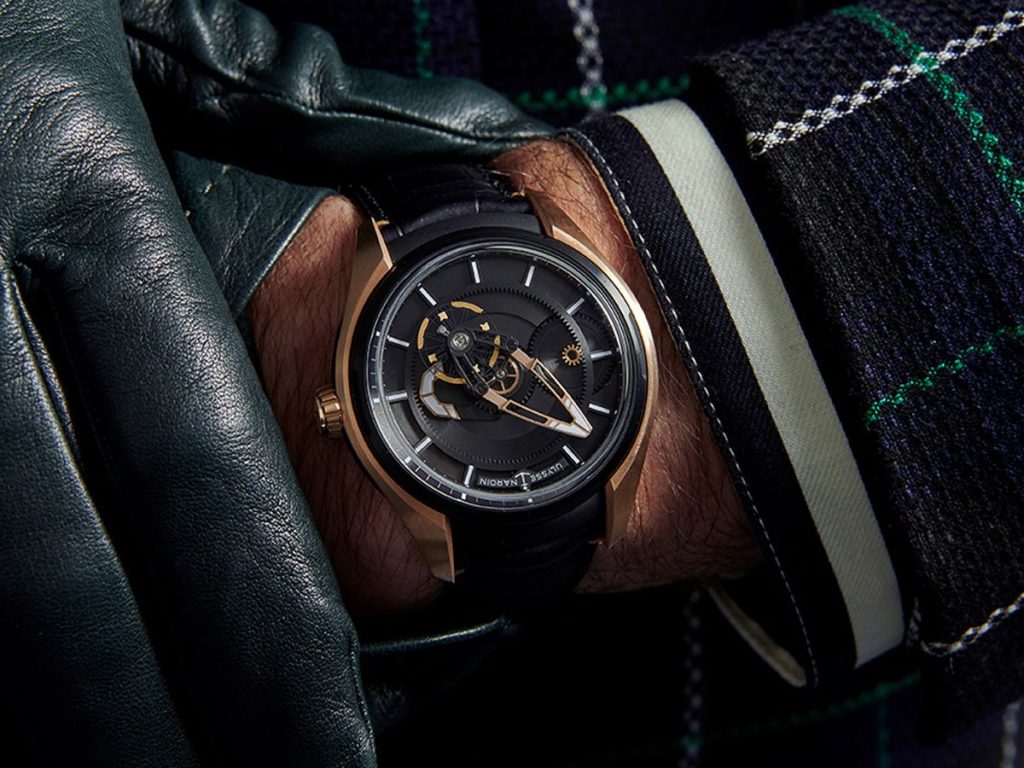
4. The Brand Legacy and Its Impact on Uniqueness
4.1 Brand’s Heritage and Legacy
- Brand History: Delve into the rich history of the brand that produced the watch. How does the legacy of the brand influence its design choices, innovations, and overall reputation? How has the brand evolved over the years while staying true to its roots?
- Symbolism and Prestige: Explore how the brand has built its image over time. Does owning this watch connect the wearer to a larger tradition of watchmaking excellence, or does it signify an aspiration to be part of an exclusive club?
4.2 The Philosophy Behind the Design
- Philosophy of Innovation: Some brands focus on combining innovation with tradition. Discuss how this particular watch merges classic watchmaking with groundbreaking ideas. Is there a distinct philosophy or vision that drives the design and function of the watch, contributing to its standout features?
- Brand’s Commitment to Excellence: Discuss how the brand’s commitment to exceptional craftsmanship and innovation continuously influences the development of their timepieces, resulting in watches that push the boundaries of horology.
5. Exclusivity and Collectibility
5.1 Rarity and Prestige
- Creating Scarcity: Why is this particular watch considered rare or exclusive? Is it a limited-edition release or tied to a special event? Explore the rarity of the watch and why this contributes to its desirability and uniqueness.
- Collectability and Investment Value: High-end watches often serve as valuable investments due to their rarity and desirability. Discuss how this watch has become a collectible item over time, with some models even appreciating in value due to their limited production and the brand’s history.
5.2 Brand Recognition and Resale Value
- The Resale Market: Discuss how the brand’s recognition and reputation in the market can increase the watch’s long-term value. Does the brand have a strong resale value, and how does owning this watch help cement one’s status in the world of horology?
- Cultural Influence and Iconic Status: Does this watch hold cultural significance in the luxury world? Has it been worn by celebrities or featured in prestigious events that elevate its status in popular culture?
6. The Emotional Appeal and Personal Connection
6.1 The Watch as a Personal Statement
- Beyond Functionality: A luxury watch is often more than a tool; it’s a statement of personality and values. Discuss how this watch represents the wearer’s lifestyle and taste. Does it symbolize success, sophistication, or a passion for horological artistry?
- The Emotional Value: Examine how owning and wearing this watch can evoke a sense of pride and emotional connection. Is it something that becomes a family heirloom or a personal treasure passed down through generations?
6.2 The Role of the Watch in the Owner’s Story
- Special Moments and Memories: Luxury watches often accompany significant milestones in life, such as graduations, weddings, or accomplishments. Explore how this watch may play a part in the owner’s personal journey, adding layers of sentimental value to its already exceptional attributes.
Conclusion
In conclusion, what makes this watch stand out is a blend of exceptional craftsmanship, historical legacy, technological innovation, and design elements that come together to create a truly unique timepiece. From the precision of the movement to the attention to detail in the case and dial, this watch goes beyond its functional role as a timekeeper. It becomes a symbol of artistry, luxury, and status. Through its rich history, groundbreaking innovation, and personal appeal, this watch not only tells time—it tells a story of exceptional craftsmanship and timeless elegance.


